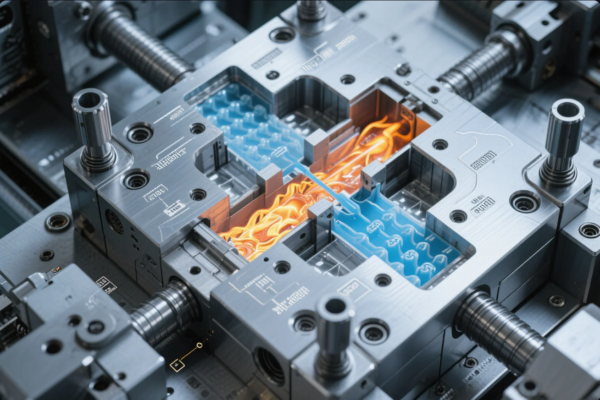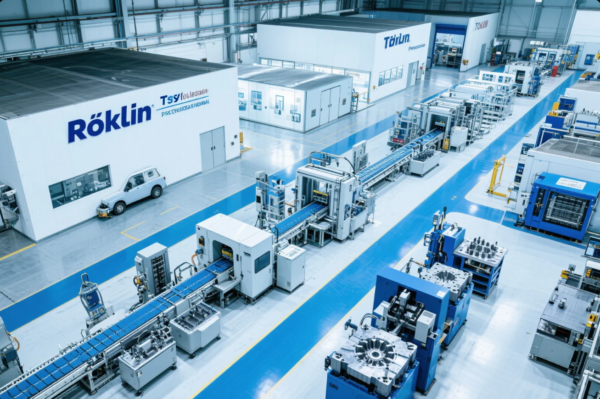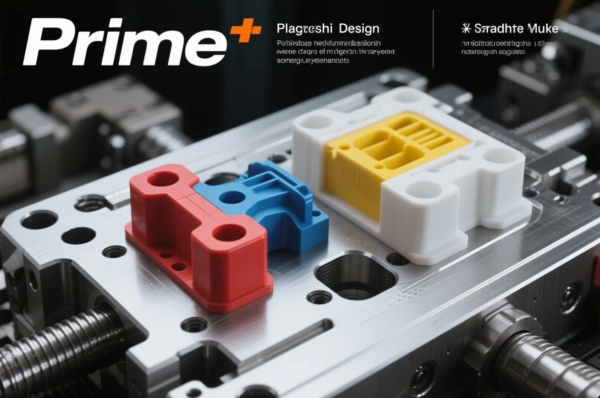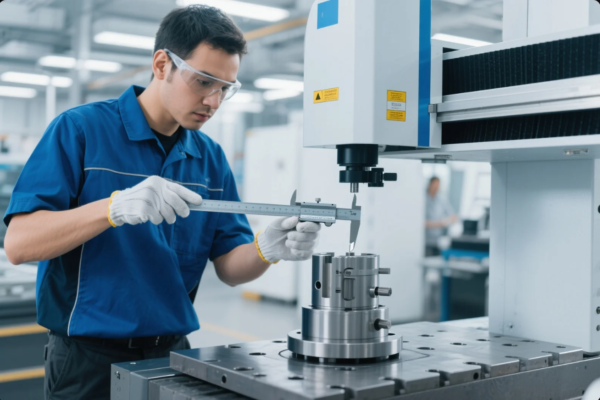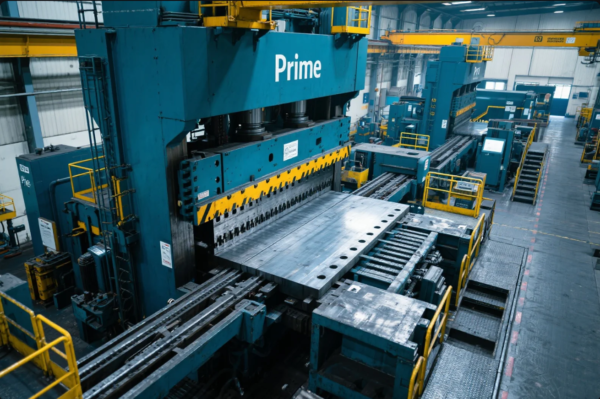The Difference Between Metal Forging and Casting: 5 Key Things You Need to Know
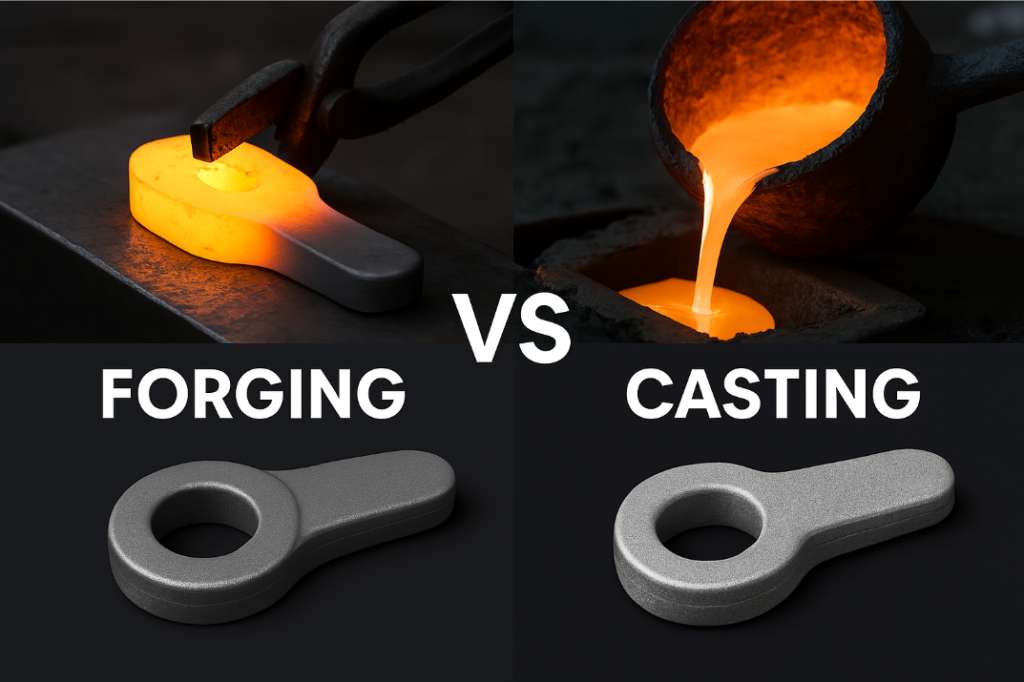
When sourcing metal parts, manufacturers often debate between forging vs. casting—but choosing the wrong method can impact strength, cost, and precision. Both processes have unique advantages, but which one fits your project best?
Forging compresses heated metal under high pressure for superior grain strength, while casting pours molten metal into molds for complex shapes—with key trade-offs in durability, production speed, and cost depending on part requirements.
Having supplied both forged and cast components for 30+ years, Prime Manufacturing breaks down the five critical differences engineers and buyers must understand before deciding.
1. Strength: Why Is Forged Metal Stronger Than Cast?
Forged parts have continuous grain flow, making them 30% stronger in fatigue resistance than cast parts with random grain structures.
✅ Best for: High-stress components like:
- Engine crankshafts (forged)
- Gear blanks (forged)
- Aircraft landing gear (forged)
⚠ Casting Limitation: More prone to internal voids and porosity, reducing structural integrity under heavy loads.
2. Complexity: When Should You Choose Casting?
Forging vs. Casting Shape Capabilities
| Parameter | Forging | Casting |
|---|---|---|
| Wall Thickness | Thicker sections preferred | Can produce ultra-thin walls (3mm+) |
| Internal Cavities | Limited | Easily achieved (e.g., pump housings) |
| Surface Detail | Simpler | Intricate patterns possible (e.g., decorative grilles) |
⚡ Case Study: A valve manufacturer switched from cast to forged bodies—while tooling costs rose 15%, part failure rates dropped by 70% due to better fatigue resistance.
3. Cost: Which Process Is More Budget-Friendly?
| Cost Factor | Forging | Casting |
|---|---|---|
| Tooling | Higher (custom dies) | Lower (reusable sand molds) |
| Material Waste | 10-20% (flash trimming) | 5-15% (gating systems) |
| Production Speed | Slower (precision work) | Faster (batch pouring) |
💰 Rule of Thumb:
✔ Low-volume orders? Casting may be cheaper
✔ High-strength needs? Forging adds long-term value
4. Material Options: Which Metals Work Best?
Common Metals Used in Each Process
| Material | Forging Suitability | Casting Suitability |
|---|---|---|
| Steel | Excellent (high strength) | Possible (but risky for thick parts) |
| Aluminum | Good (aerospace) | Great (complex shapes) |
| Titanium | Best (precision forged) | Rare (expensive & difficult) |
🚫 Avoid Casting: Ultra-high-strength steels (4340+) due to cracking risks.
5. Post-Processing Needs: Machining & Finishing
🔹 Forged Parts: Often require minimal machining (near-net-shape forming).
🔹 Cast Parts: Typically need more surface finishing (grinding, coatings).
| Process | Typical Post-Processing Cost |
|---|---|
| Forging | 5-10% of part cost |
| Casting | 10-20% of part cost |
✅ Prime Pro Tip: If tight tolerances (≤0.1mm) are critical, forging reduces secondary machining expenses.
Conclusion:
Forging excels in strength and durability, while casting wins for intricate, low-cost shapes. The best choice depends on load requirements, design complexity, and budget—but never sacrifice safety for savings. At Prime Manufacturing, we help clients select the optimal process while ensuring strict quality control and fast delivery.
📌 Need Expert Advice? ☎️ Contact us for a free forging vs. casting consultation today!
Key Takeaways:
✔ Forging = strength & fatigue resistance
✔ Casting = complex geometries & thin walls
✔ High volumes? Casting may cut costs
✔ Critical components? Forging prevents failures
✔ Always consult an ISO-certified supplier

